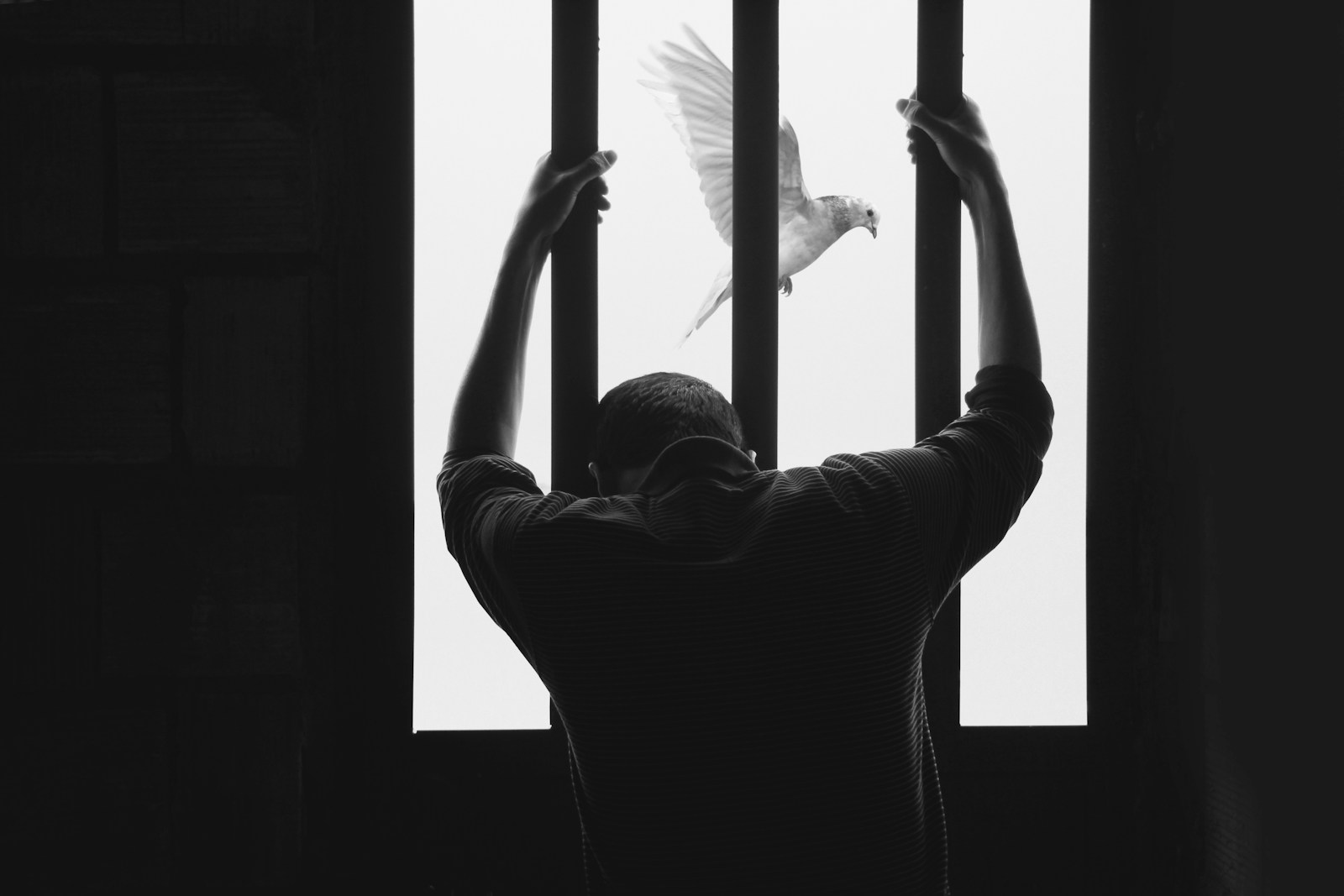Key Takeaways
• Rikers violence has increased, with twelve people dying in city jails this year.
• Three inmates died in just two weeks, pushing deaths past last year’s total.
• Court monitoring for ten years failed to curb violence under five commissioners.
• Two mayors tried reforms, yet violence on Rikers Island still grows.
• Staff shortages and overcrowding fuel ongoing security problems.
Rikers violence continues to rise
This year, city jails recorded twelve deaths. Three occurred over just two weeks. That number already surpasses last year. Meanwhile, violence on Rikers Island keeps growing. After a decade under court monitoring, five commissioners and two mayors have led change efforts. Yet, armed fights, stabbings, and riots still happen too often.
Deadly Toll in City Jails
First, consider the raw numbers. Twelve inmate deaths in one year is shocking. In two weeks, three people lost their lives. Tragically, those deaths came from stabbings and health emergencies. Moreover, fights broke out more often than before. Guards struggle to maintain order as violence flares. Overcrowding pushes inmates into smaller spaces, raising tensions.
Why Rikers violence is getting worse
Several factors feed the surge in Rikers violence.
• Staff shortages leave blocks under supervised.
• Overcrowding forces too many inmates together.
• Aging facilities lack modern safety features.
• Poor mental health services heighten risks.
In addition, turnover among jail leaders slows progress. Even with court oversight, new policies stall before they take hold. Therefore, violence remains high and death tolls climb.
Impact on Detainees and Staff
Inmates face constant fear. They navigate hostile hallways and crowded cells. They risk attacks over minor disputes. Also, many struggle with mental health issues. They need proper treatment, yet get limited care.
Staff members also feel the pressure. Guards work long shifts with few breaks. They cope with danger every day. That stress leads to burnout and resignations. As a result, staff shortages worsen. Consequently, violence finds more openings.
Efforts and Failures
Over the past ten years, court monitors tracked jail conditions. Five different commissioners tried to reform Rikers Island. Two mayors pledged to fix the crisis. They planned new rules, added training, and hired more guards. However, these efforts often collapsed.
Reform plans lacked funding or clear follow-through. Corruption scandals and bureaucratic delays hampered progress. Some safety upgrades never left the drawing board. Additionally, communication gaps among city agencies slowed solutions. Thus, Rikers violence kept rising.
What’s Next for Rikers Island
City leaders face hard choices if they want to reduce Rikers violence. They could move inmates to new facilities off the island. They might also invest in mental health and violence prevention programs. Furthermore, boosting staff hiring and training would help.
However, each option demands time and money. Political will must remain strong, even when reforms stall. Otherwise, inmates and staff will keep paying the price.
A Path Forward
To truly curb Rikers violence, leaders must act decisively. First, expand mental health support for detainees. Second, improve jail design to reduce conflict points. Third, increase guard staff to safe levels. Fourth, hold officials accountable for reform progress. Finally, ensure community groups help with oversight.
Conclusion
Despite ten years under court monitors, Rikers violence has not stopped. Twelve inmate deaths this year already outnumber last year’s total. Three lives ended in just two weeks, underlining the crisis. Overcrowding, staff shortages, and failed reforms continue to fuel violence. City leaders now face a choice: commit fully to change or let the cycle continue.
Frequently Asked Questions
What caused the recent spike in jail deaths?
Overcrowding, staff shortages, and limited mental health services all contributed. Fights and inadequate supervision led to more inmate deaths.
How long has Rikers Island been under court monitoring?
Court officials have monitored Rikers Island for ten years. They aimed to improve conditions and reduce violence.
Have any reforms succeeded in reducing violence?
Some small changes, like targeted training and pilot programs, saw brief success. Yet, overall violence levels remain high.
What can the city do to improve safety?
The city can build smaller, modern facilities off the island. It can also boost mental health care, hire more staff, and enforce accountability. Source: https://www.nydailynews.com/2025/11/14/judge-should-wait-before-naming-rikers-receiver/

